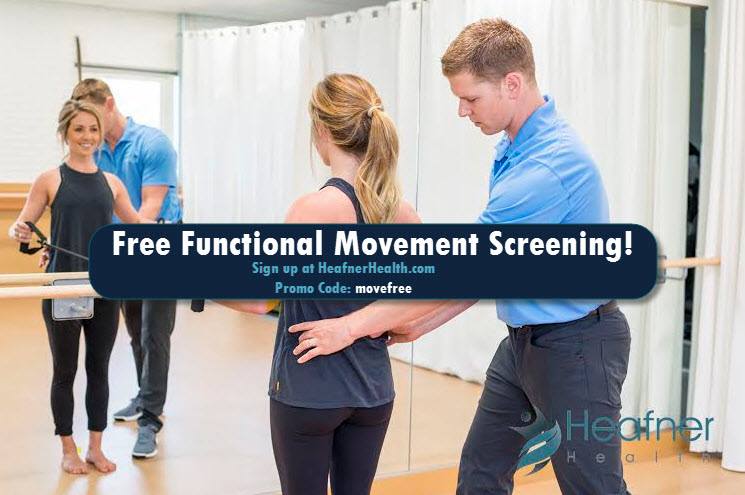|
As I have mentioned in a previous post, I think the world would be a healthier place if people received annual movement and nutritional screenings. Since initiating this campaign, I have received several questions regarding the ability to predict injury with a musculoskeletal (movement) screening. In physical therapy, there is limited research to predict that poor movement is the 'cause' of the problem. The human body is too complex to observe a compound movement and try to objectively state one abnormality is the problem. If I watch two people with low back pain perform a squat, they may have pain for completely different reasons. One may lack proper trunk stability and the other could have poor ankle motion. However, we cannot argue that certain movements appear inherently more natural or safer than others. For example, when Jordan Spieth swings a golf club, it is a pure movement. His risk of injury is low because his biomechanics in the movement are correct. From my clinical experiences, it is easier to predict injury with poor movement. In the 2012 NFL combine, Robert Griffin III demonstrated terrible jumping mechanics (see picture below). Within one year, he tore his ACL and has since had a second reconstruction. When it comes to human movement, it is not simple enough to state A=B. A number of variables- mobility, strength, stability, environmental factors, and more- all play a roll in how we move. However, I can confidently say that getting a musculoskeletal screening is a step in the right direction to predicting and preventing future injuries. Sign up for a FREE musculoskeletal and movement screening today. Visit Heafner Health to learn more information.
2 Comments
Manuel Franco
8/29/2023 10:48:47 pm
I just want to say Thank You to everyone who supported me through the years. My name is Manuel Franco, New Berlin, Wisconsin. My story of how I won the Powerball lottery of $768.4M is a bit of a tale. I have been playing Powerball tickets for 6 years now since I turned 18. I bought my first ticket on my 18 birthday. I was feeling very lucky that day because I had contacted Dr. Odunga Michael to help me with the winning Powerball numbers. I really had that great great feeling that I looked at the camera wanting to wink at it. I only did a tiny part of it and trusted him. He gave me the numbers after I played a couple other tickets along with it for $10. I checked my ticket after the winnings came online and saw the numbers were correct including the Power play. I screamed for about 10 minutes because it felt like a dream. I had won $768.4M. You can check my winning testimony with the lottery officials just with my name search. Thank you Dr Odunga. Well, his email is [email protected] and you can also call or Whats-app him at +2348167159012 so you guys can contact him
Reply
Hailey Garcia
6/20/2024 11:08:55 pm
My name is Hailey Garcia and I am from New Jersey. My herpes virus turned to war after 2 years of living with it. I have tried different medical procedures to cure my herpes but to no avail. Most people think herpes is only a minor skin irritation of which herpes has long term effects on health and passes through the bloodstream and can be easily contracted through sexual intercourse. I knew I had herpes from the first day I started feeling itchy in my pubic area and the pain was very unbearable. I couldn't stand it anymore. After 2 years of trying other means to get rid of it, I had to contact Doctor Odunga to help me with a permanent cure. I saw his email and whats-app number from a testimony I read online from a lady who was also helped by him in curing infertility problems, I had faith and contacted him. He assured me of his work and I ordered his herbal medicine. Within 5 days, I didn't feel any pain anymore and within 2 weeks, my skin was all cleared and smooth. I am very grateful to you sir and I write this testimony as others have done to bring those having faith to you sir. If you have herpes or other similar disease and you want it cured, kindly contact Doctor Odunga, Whats-App (wa.me/+2348167159012) OR Email [email protected]
Reply
Leave a Reply. |
Heafner HealthPhysical Therapy Archives
April 2024
Categories |



 RSS Feed
RSS Feed
